JEAN-PAUL LESPAGNARD
GRAND PLACE TREE / NON-EXHAUSTIVE ATLAS OF THE WORLD’S IMAGINARIES
Scenography & decor / Artistic direction, design & production / Client : City of Brussels
“I shaped this project around a world tree where myths and figures from many cultures gather in one shared space.”
DOWNLOAD THE VOTOS COLORING SHEETS
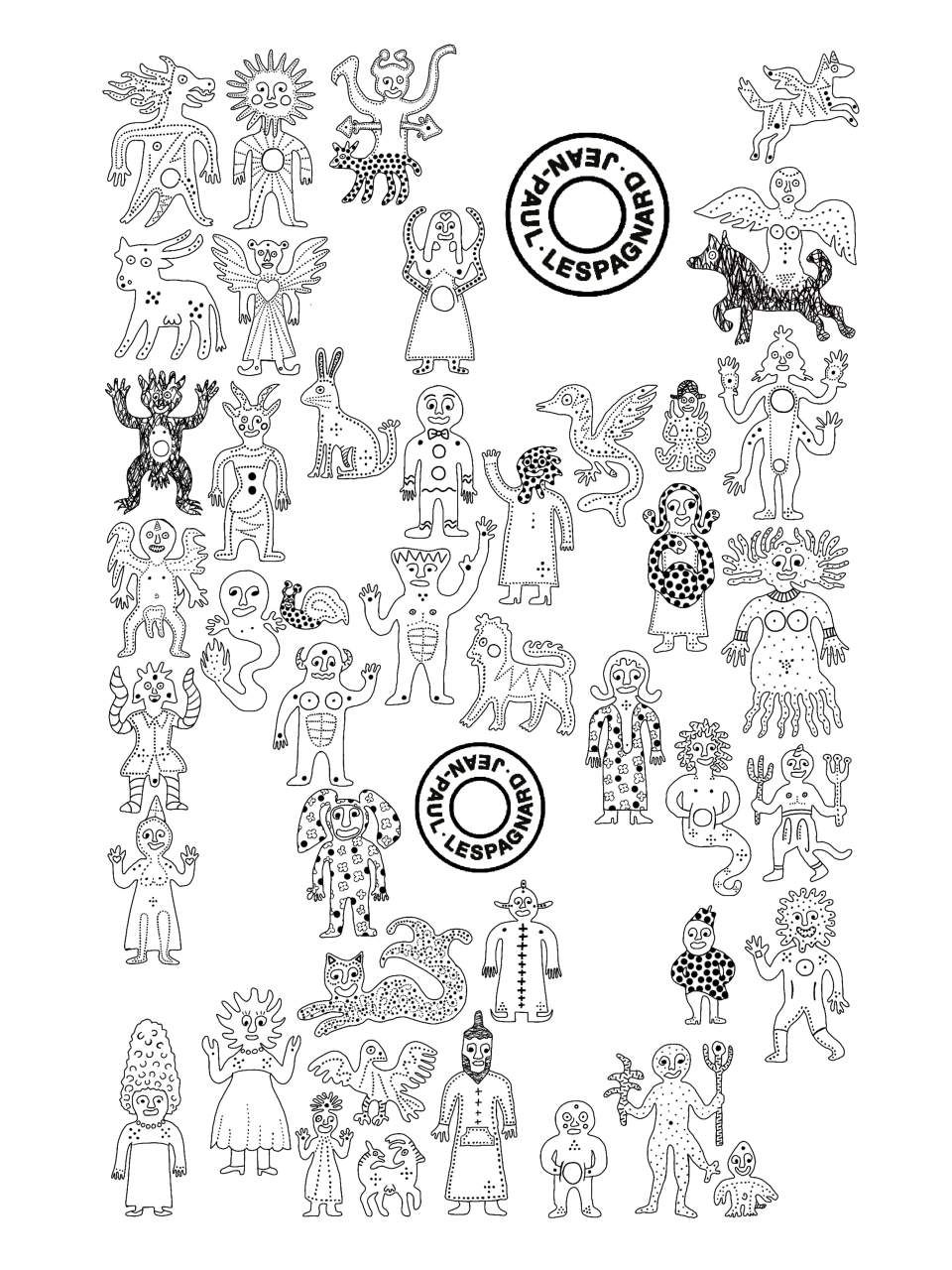
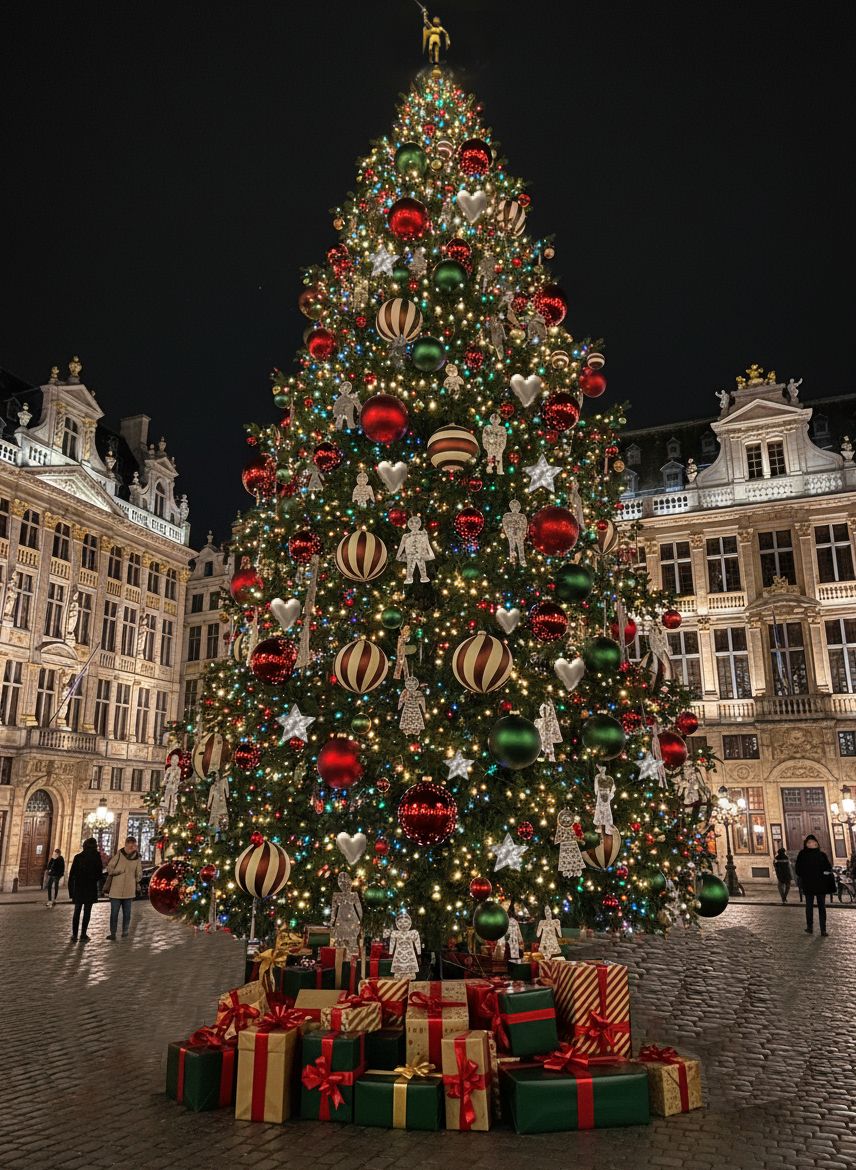
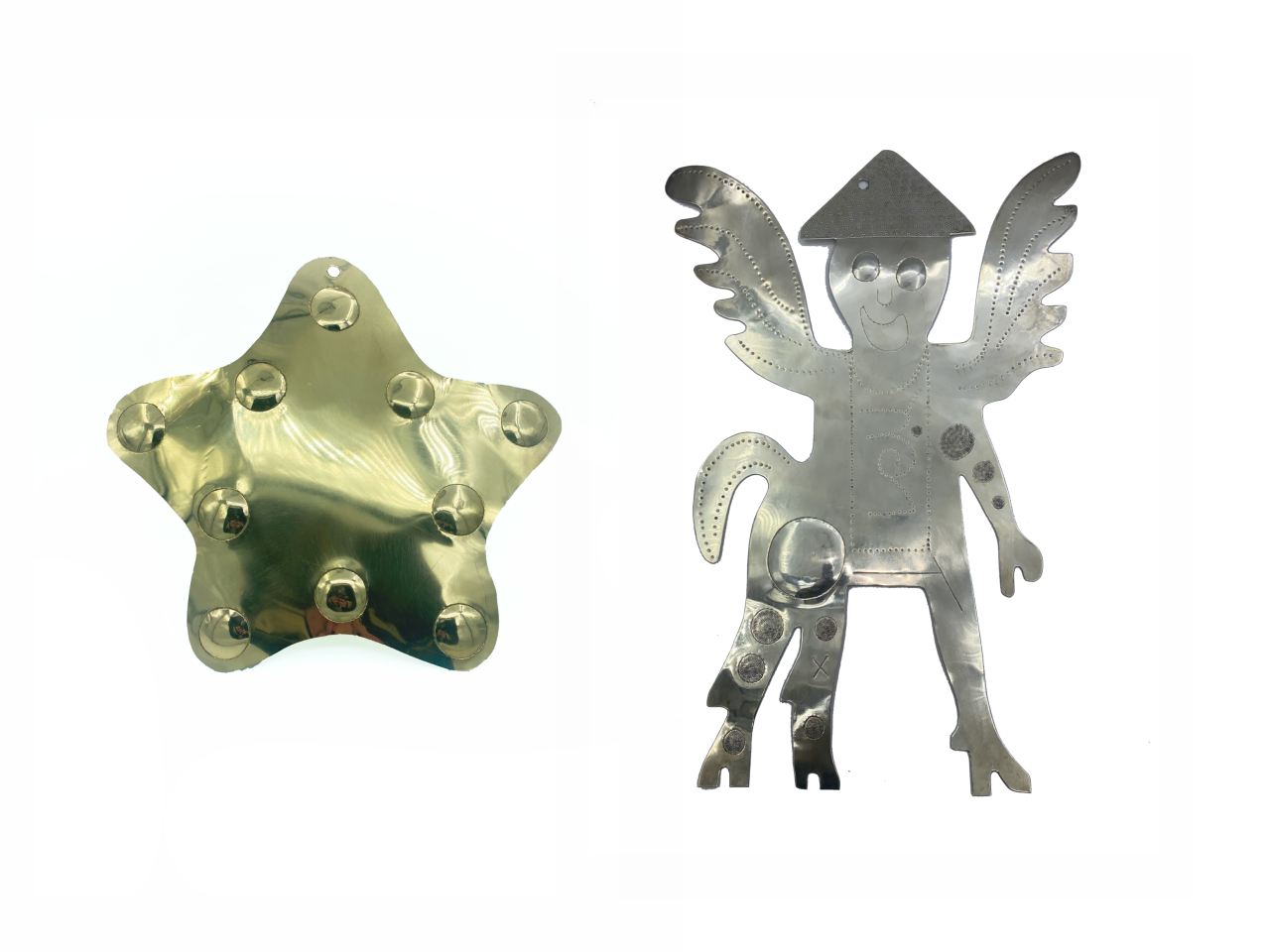
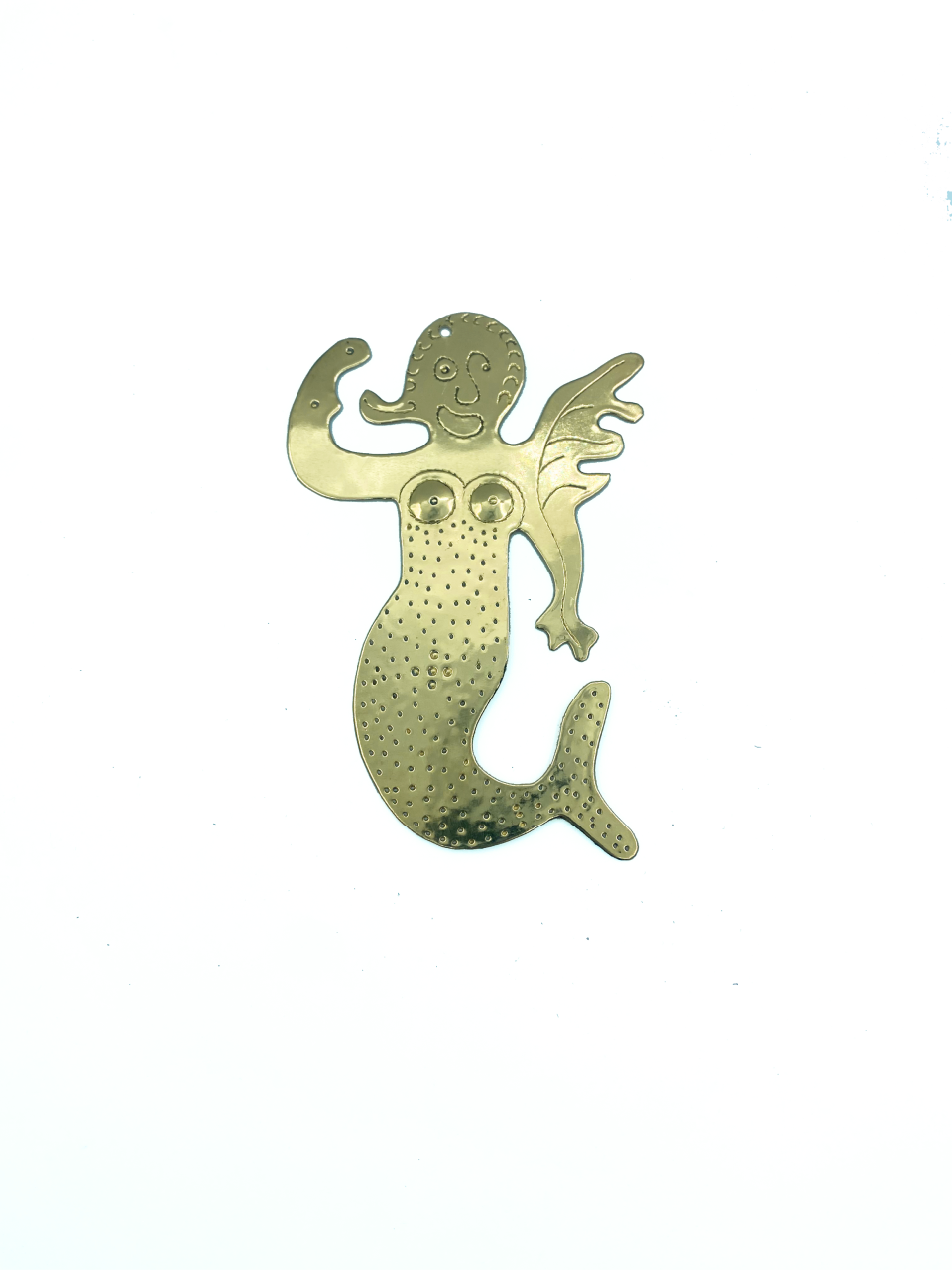
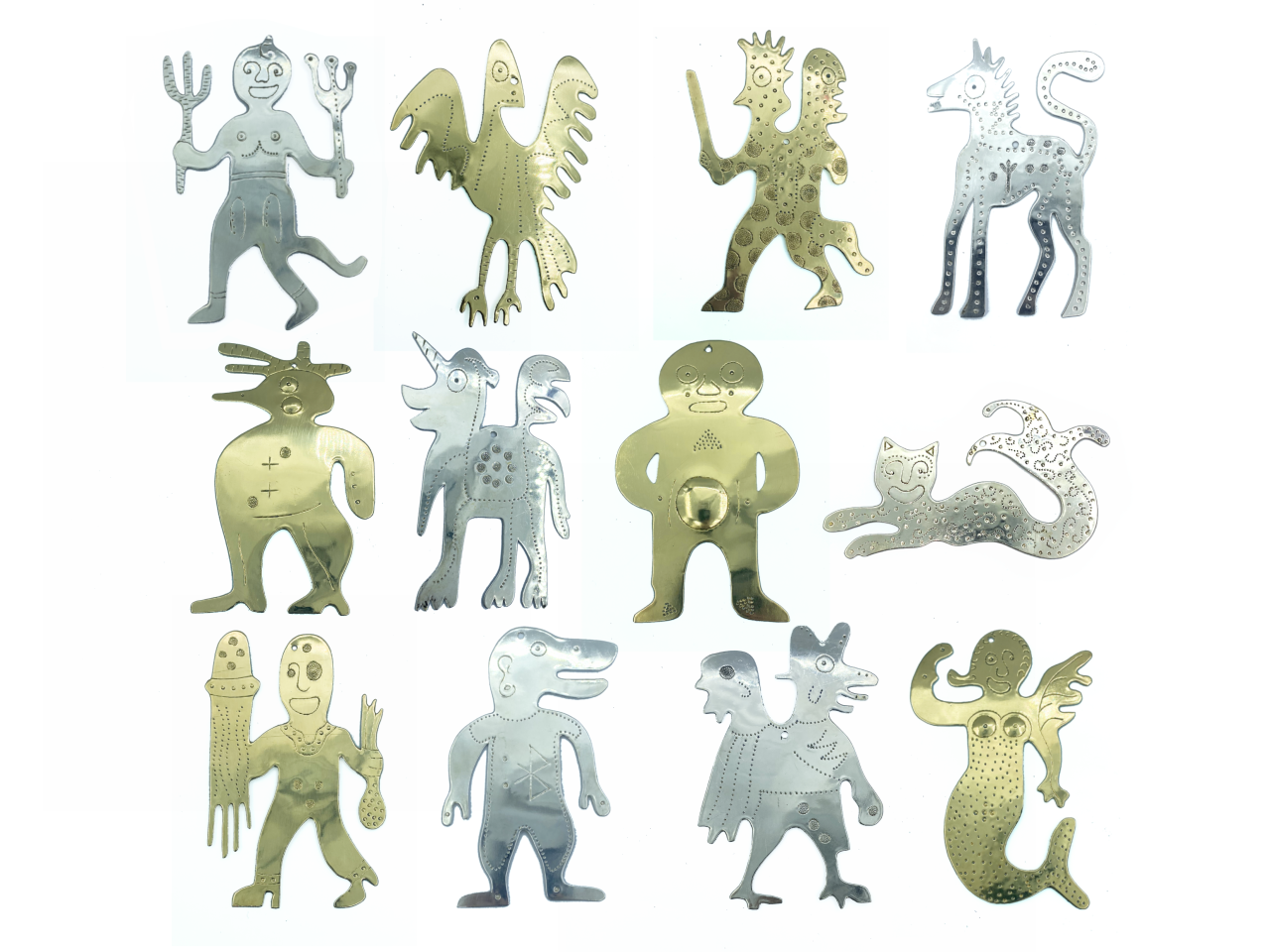


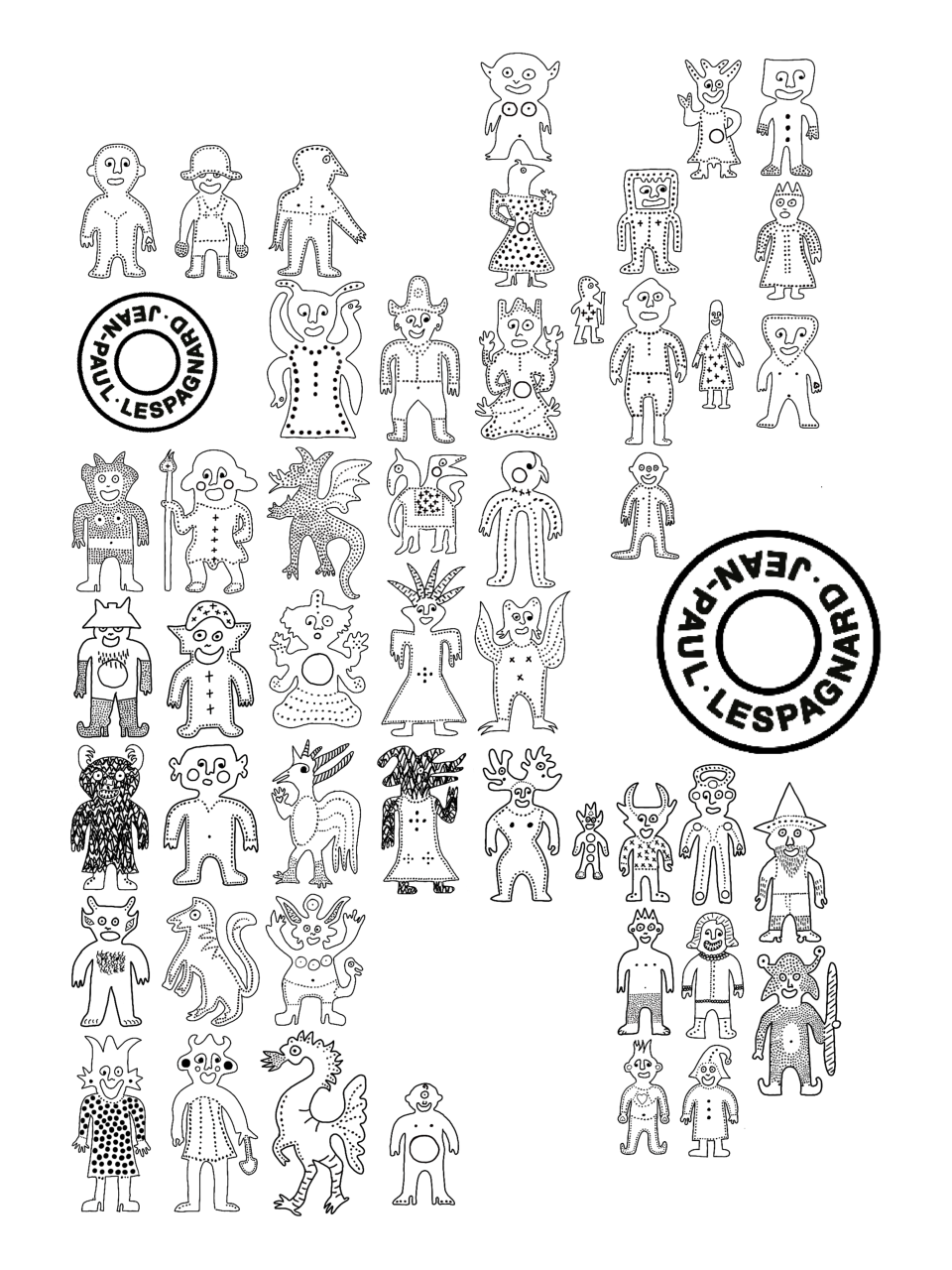

Jean-Paul Lespagnard inspiration started with an object that has travelled across time and cultures: the metallic ex-voto. Present in countless places, they are tokens of hope and gratitude. Each one is a thought given form, a fragment of humanity materialized.
From this universal object, Lespagnard imagined a monumental tree that transforms Brussels’ Grand-Place into a vast living room open to everyone, a space where inhabitants and visitors gather around a symbol of togetherness. Like a domestic tree magnified to architectural scale, it becomes a site of collective intimacy.
Suspended from its branches, 150 figures form an imaginary constellation. Each silhouette tells a story drawn from myth, folklore, or collective memory. Together, they express humanity’s shared impulse to fantasize, to believe, to invent, to protect and celebrate.
At the base of this world are the great symbolic families that recur across civilizations: the protectors, the hybrids, the beings of transformation, and the cosmic forces. Through these archetypes, the work connects distant myths and stories, revealing how different visions reflect elemental emotions: unconditional love, desire, fear, hope, metamorphosis.
Then comes an expanded bestiary. These beings inhabit the same suspended space where each culture’s creation mirrors another’s longing to understand the world.
Finally, the local myths of Belgium join this constellation. These figures illustrate the fantasy of the everyday and the carnivalesque. Laughter becomes a form of projection, and disguise becomes freedom.
The figures are created in collaboration with metalworkers in Marrakech, whose techniques and perspectives shape the work as much as its form. Through this collaboration, the project becomes a conversation about gesture but also an act of transmission between cultures, continents, and temporalities.
Lespagnard’s silhouettes are deliberately simple, yet behind this simplicity lies a vast network of meanings. The work does not attempt to represent individual diversity in physical form but rather to gather humanity through shared imagery. The tree becomes an arbre-monde, a world tree shimmering with the countless myths that humans have imagined to make sense of existence. It echoes the spirit of Plaisirs d’Hiver as a gathering of people, stories, and beliefs.
The tree invites contemplation rather than explanation. It does not deliver a single, clear message. Its power lies in ambiguity, in the space between recognition and mystery. Some figures feel familiar, others seem foreign, yet all radiate universality.
Jean-Paul Lespagnard describes this approach as a form of devotion to connection itself. For him, creation is a gesture between people and cultures, between the earth and what transcends it. His practice draws on anthropology, craftsmanship, and popular art. Not to document cultures, but to activate them. He transforms symbolic forms into living presences, inviting each viewer to find their own reflection among them.
In an age that claims to have everything figured out, this project restores a sense of wonder. It reminds us that we are there, small, hanging on a tree, that we know little, and that curiosity might be our last form of faith.
Some inspiration: by bringing together characters from different worlds, the work opens a space for dialogue where these presences coexist without hierarchy.
Gargoyles, Djinns from the Maghreb, Yokai from Japan, Nymphs, Mexican Alebrijes, Tlanchanas, Indian Nagas, Garuda, Greek Sirens, Chaneques, Centaurs, Phoenixes, Aliens, Krampus, Angels, Dinosaurs, Cartoons, Seraphim, Egyptian Sphinxes, Dragons, Suns, Moons, Semi-human faces, Quetzalcoatl, Hopi kachinas, Kitsune, Grinch, Mami Wata, Manneken, Zinneke and Jeanneke Piss, Ulenspiegel, Gilles of Binche, Blancs Moussis, Tchantchès and Nanesse, Porreaux of Tilf, Abrahel the witch, the Makrâlle, the Cheval Bayard, and so on.